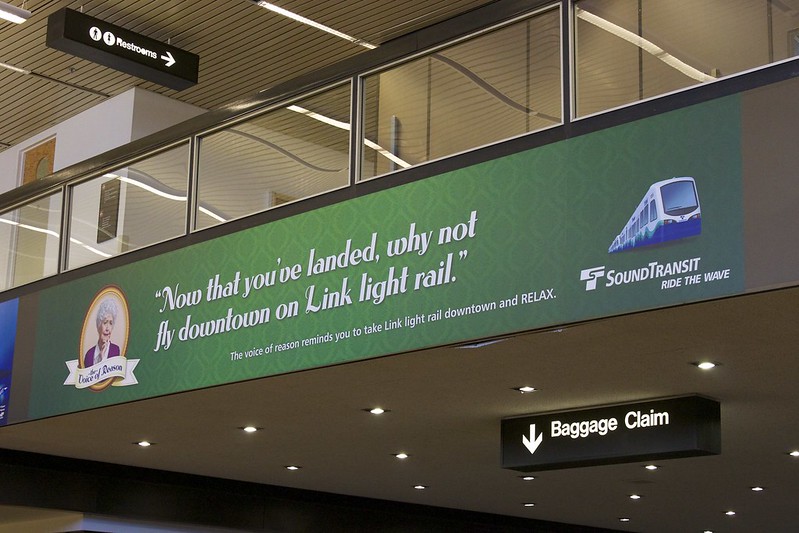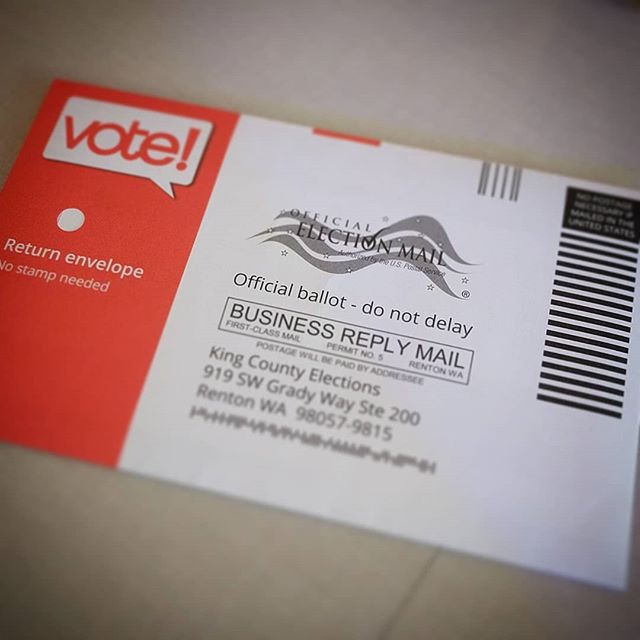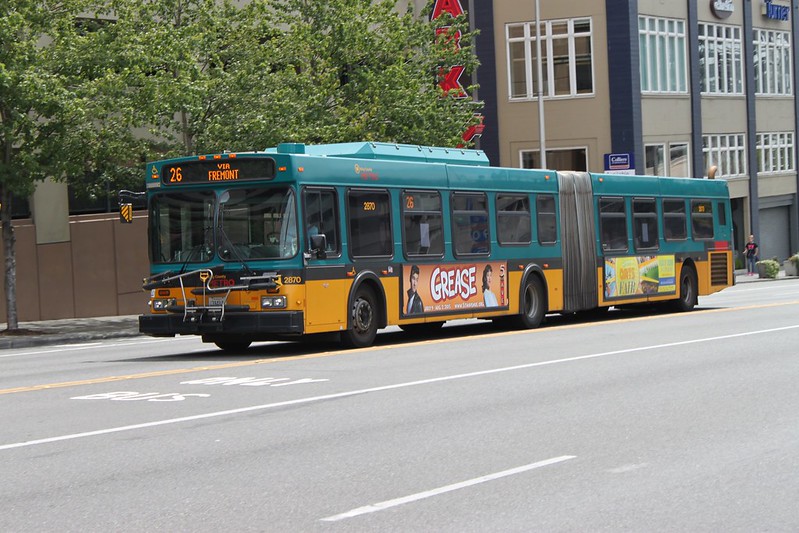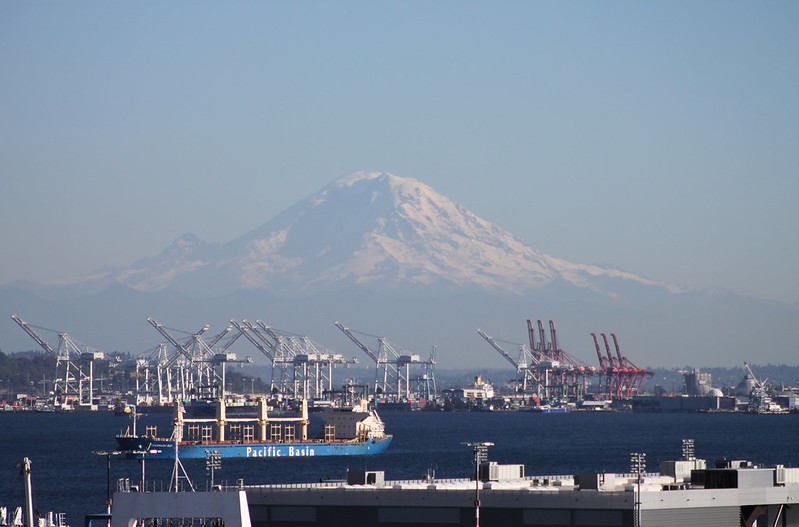
“Link light rail ad at Sea-Tac Airport” by Oran Viriyincy is licensed under CC BY-SA 2.0.
As I was running the access analysis supporting Of Buses and Ballot Boxes, I encountered something that fascinated me. It wasn’t relevant to the piece itself, so I didn’t emphasize it there, but I knew it had to be the next thing I investigated.
I needed a way to test my suspicion that the ballot box designated by King County Elections as serving downtown was far less transit-accessible than other points in the downtown core. My analysis would divide Seattle into a grid of 80 meter by 80 meter sectors, and score them using a transit access measurement. Sorting the sectors by their score would allow me to compare the one containing that ballot box to others in downtown Seattle, which I knew, for sure, would dominate the top of the list.
[Read More]

